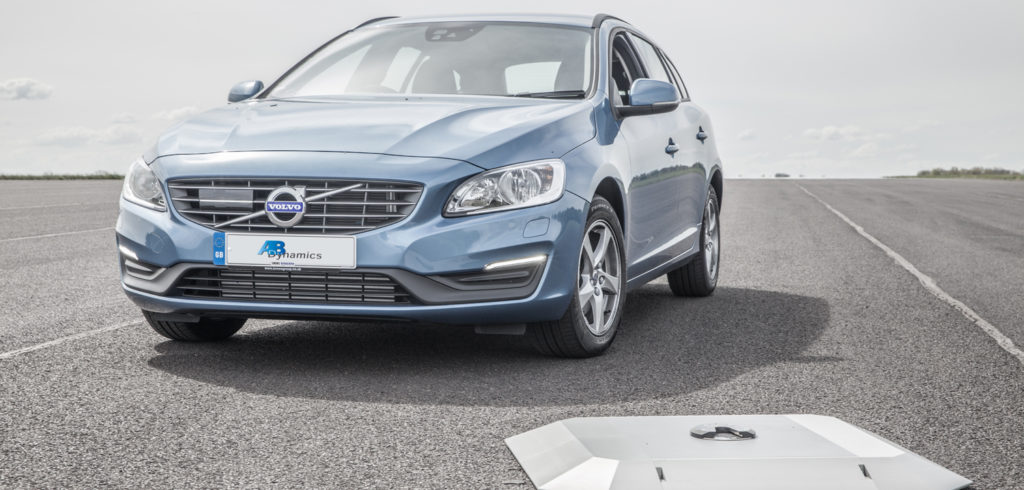A new computer-controlled carrier for vulnerable road user (VRU) targets has been developed by AB Dynamics. The LaunchPad enables, for the first time, accurate and repeatable control of all key mobile features of an ADAS or autonomous vehicle test scenario.
“Testing using soft targets is vital to ensure active vehicle systems respond as intended, but as we move toward autonomy the test scenarios are becoming much more complex,” explained Jeremy Ash, commercial manager, AB Dynamics.
“LaunchPad forms an essential part of our portfolio, ensuring that all aspects of a real-world test scenario can be precisely represented and controlled. As all of our equipment uses the same software they can be easily choreographed with the subject vehicle. This means we can create really complex scenarios, potentially involving multiple pedestrians, cyclists and cars, all synchronized and co-ordinated with the test vehicle.”
At the heart of the LaunchPad platform is a power controller running AB Dynamics’ industry-standard Robot Controller RC Software. AB Dynamics’ TrackFi radio shares position data with other AB Dynamics controllers via the Synchro interface, which allows its motion to be precisely synchronized with the test vehicle and other ADAS targets.
At just 65mm in height, the self-propelled chassis can carry pedestrian, cyclist, moped, scooter, or even animal dummies at speeds up to 50km/h, enabling the testing of next-generation ADAS and autonomous systems in increasingly complex scenarios. Its unique layout with all four wheels driven and steered gives better dynamic performance and stability.
Unlike existing belt-driven platforms which only allow straight line paths, LaunchPad enables more varied and realistic interactions between test vehicles and a wide selection of typical VRU targets. Programming the trajectory of LaunchPad is simple thanks to the use of a graphical path generation utility, meaning complex scenarios with multiple moving objects can be created and run quickly and easily. The software is common with that used on the company’s well-established GST (Guided Soft Target) vehicle, already in widespread use for ADAS testing.
Mechanically, LaunchPad uses a robust aluminum chassis with shallow sloping sides, capable of being repeatedly run over, even by an SUV; in addition to providing a smooth over-run, the sloping sides present a low radar return. The motor-driven platform is highly maneuverable and batteries can be quickly replaced without removing the target, to support long periods of testing.
“LaunchPad has taken us a further step toward testing ADAS performance under every potential scenario that could arise, able to represent even the unpredictable behavior of an animal on the highway,” said Ash.


